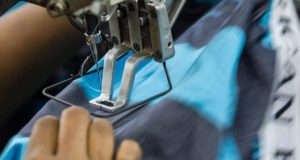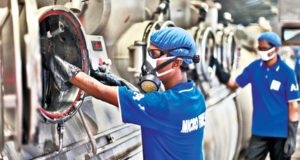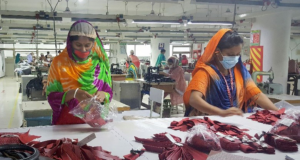Bangladesh is moving towards a safer and compliant manufacturing industry, especially in the apparel and leather industries.
Read More »China’s technological advancement can deter Bangladesh’s competitive advantage
China remains the undisputed global giant in the textile and apparel industry. Its share of global apparel export is about 37 percent while the share of Bangladesh, the second largest readymade garment exporter in the world, is only about 6 percent. So, it is completely understandable that the actions of China will obviously influence the competitiveness of the other manufacturing hubs like ours.
Read More »Can we fill the automation gap in garment manufacturing?
The term “Industry 4.0” or “factory of the future” was coined by the German federal government in the context of its high-tech strategy in 2011. It describes the integration of all value-adding business divisions and of the entire value chain with the aid of digitalisation.
Read More »Industrial automation: a challenge for Bangladesh’s manufacturing future
Manufacturing will continue to be an integral part of securing a better economic future for Bangladesh. According to the World Bank, manufacturing contributed 28.6 per cent to the GDP (gross domestic product) in 2016, accounting for 13 per cent of the total employment.
Read More »WB working to create jobs and diversify exports in Bangladesh
Bangladesh faces a tremendous challenge. How will it provide jobs for the 20 million young people set to join the labor force over the next decade? In the past, the country relied on the garment sector to drive its economy and exports, as well as to employ many workers. This was successful in many ways. Today, Bangladesh is the world’s second largest producer of ready-made-garments in the world, and apparel comprises 83% of Bangladesh’s exports.
Read More » CPD RMG Study Stitching a better future for Bangladesh
CPD RMG Study Stitching a better future for Bangladesh




